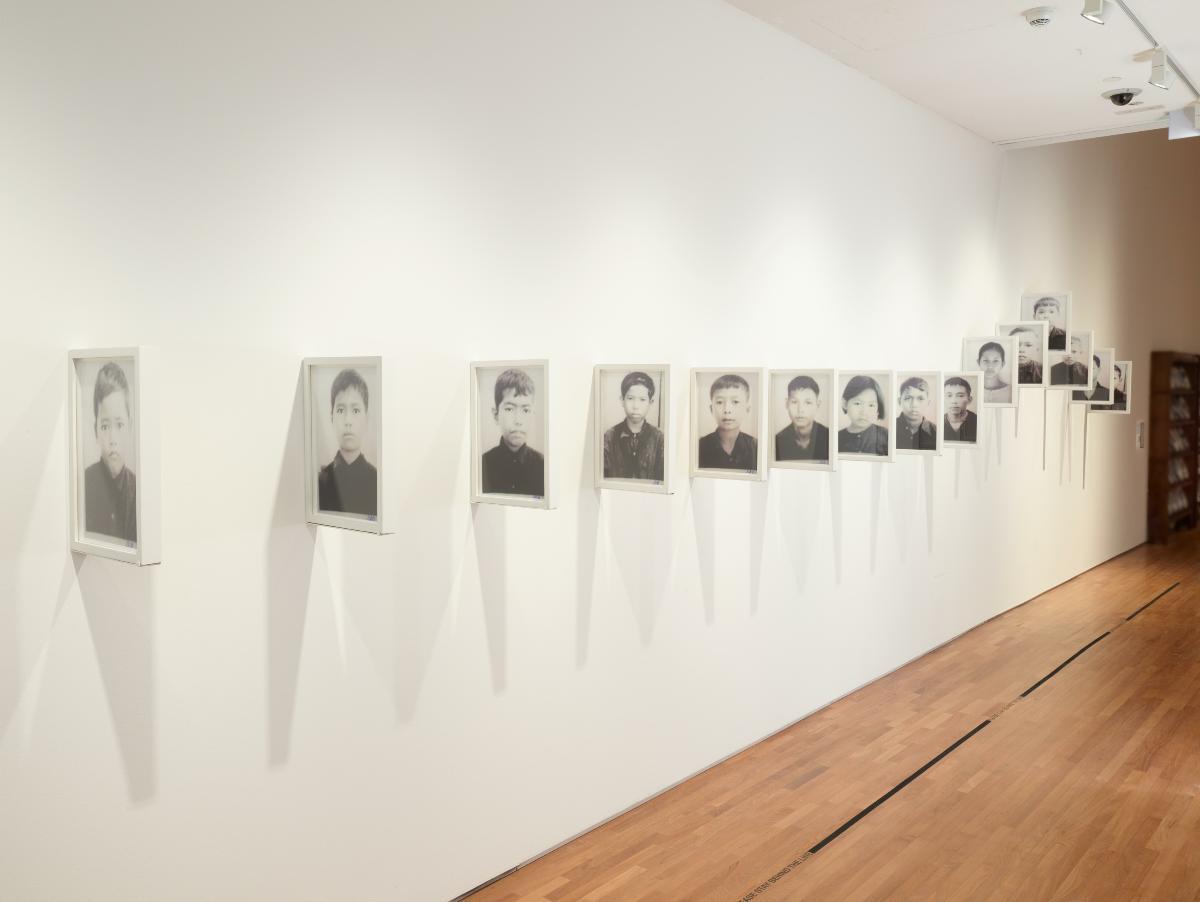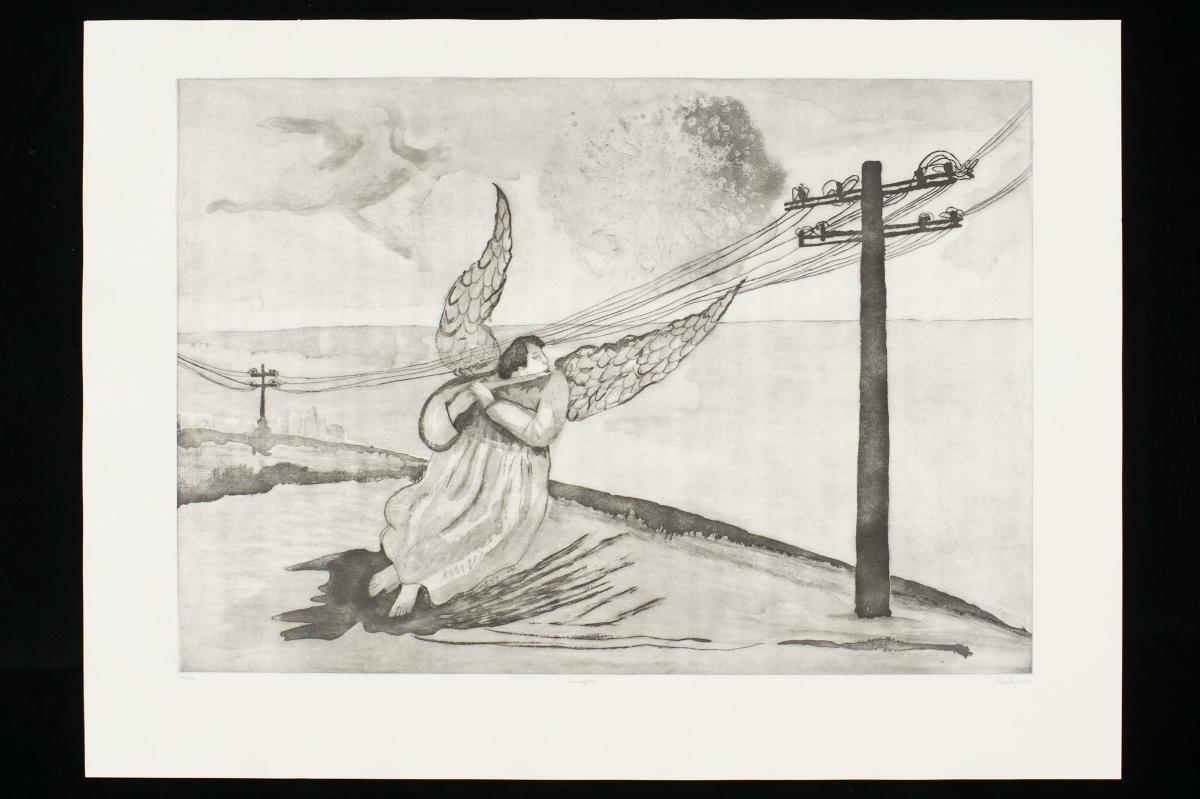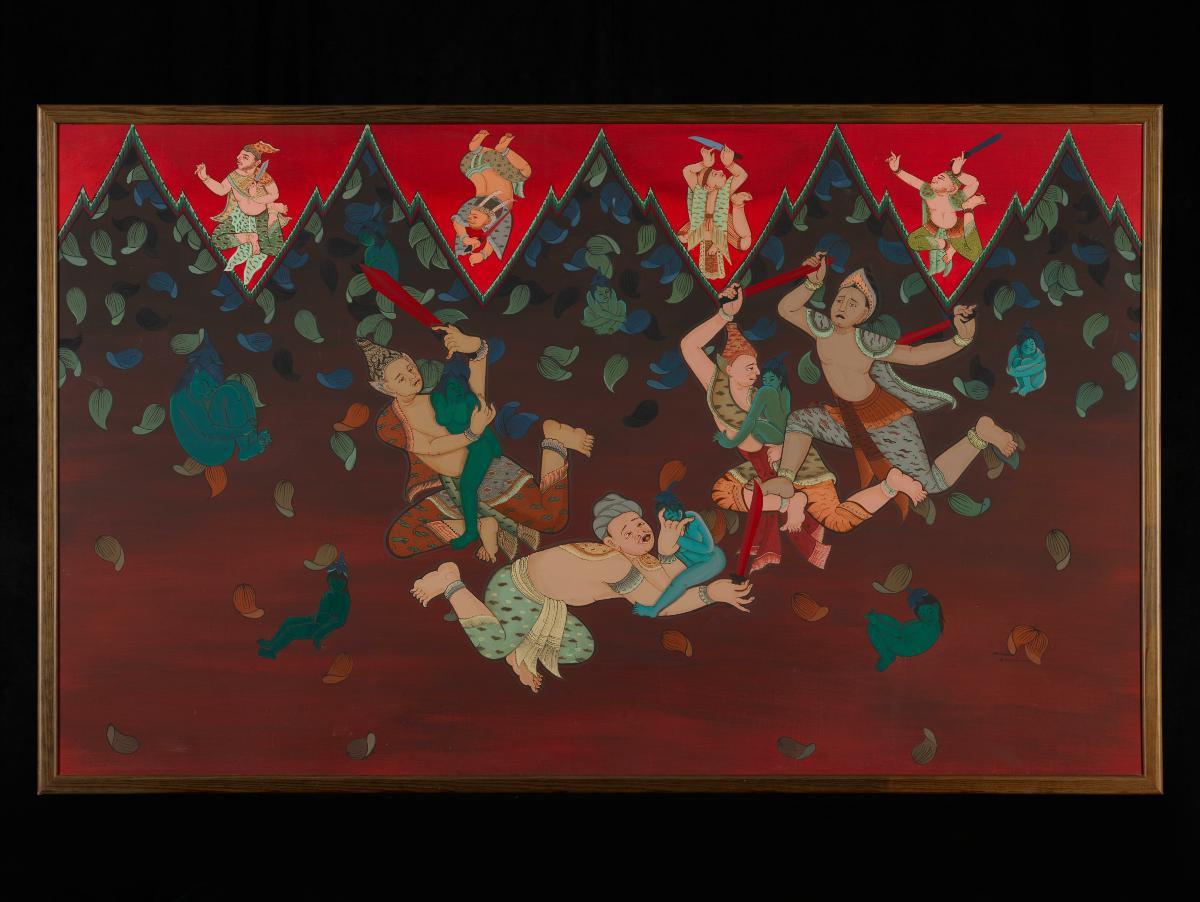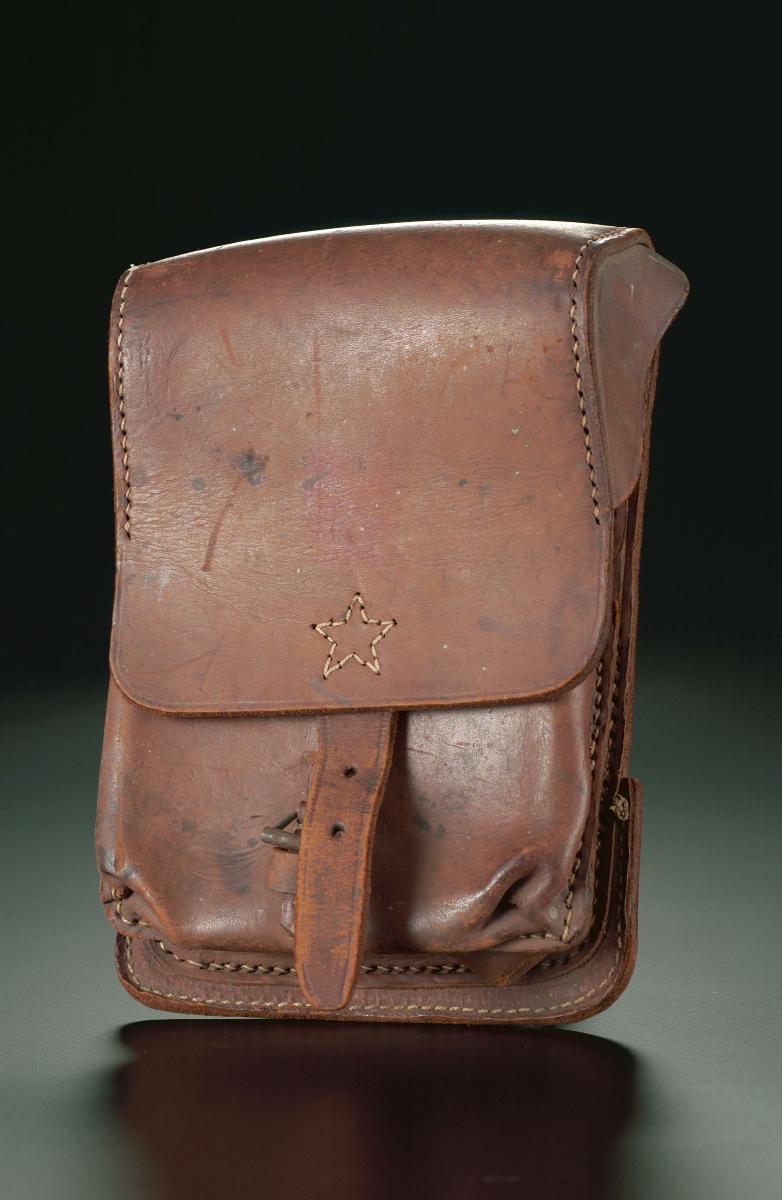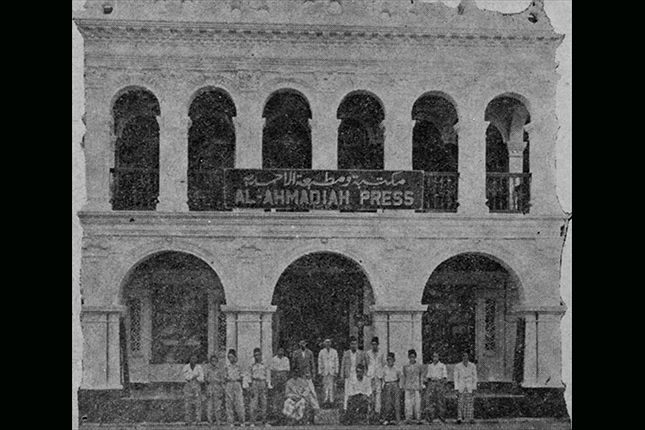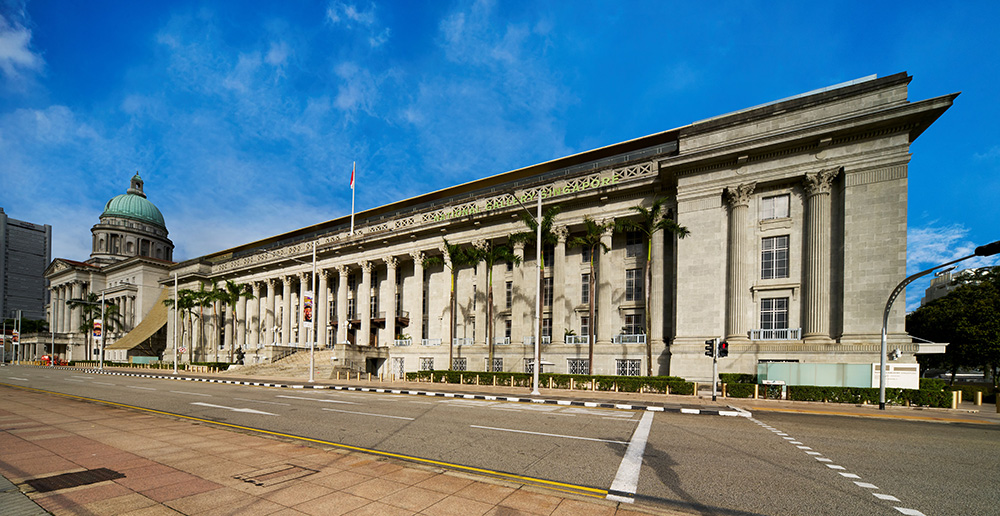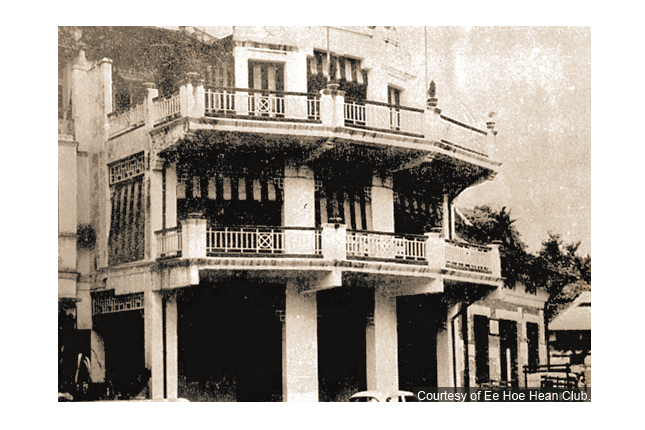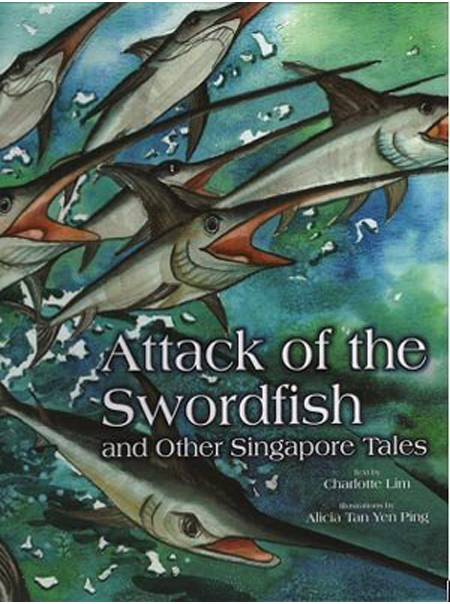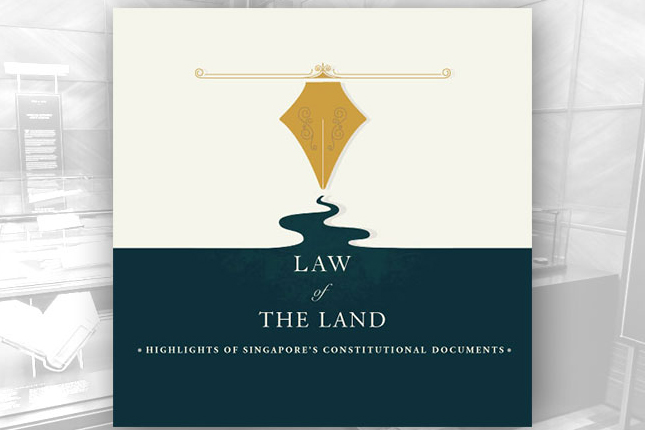Ly Daravuth’s work as an artist and curator during the 1990s and early 2000s was instrumental in the development of contemporary art in Cambodia. Born in Cambodia, Daravuth fled to France as a refugee after the Khmer Rouge period, studying art and art history at the Sorbonne University in Paris. He was then among the first wave of diasporic Cambodians to return to the country during the 1990s. He took up work teaching at Phnom Penh’s Royal University of Fine Arts, and then in 1999, he co-founded an independent artist-run space which came to be called Reyum. In time, Reyum combined an exhibition space with a free art school, a trilingual publishing house, research institute, and other arts and culture-related activities. Daravuth’s artistic practice closely paralleled his curatorial and pedagogical role at Reyum. Although he realised few artworks, the impact of his artwork has been immense within the contemporary art community in Cambodia. This impact was deepened by his role as an educator and curator at Reyum. Just as exhibitions and classes held at Reyum first began to popularise the idea that “anything could be art”—enabling the emergence of contemporary art and challenging the conservatism of the state-run institutions—so too Daravuth’s practice made use of found images and found materials, a radically new concept in Cambodia at the time. The Messengers II is a new reworking of an earlier installation first produced in 2000 and subsequently reworked in 2005 for the Fukuoka Asian Art Museum. It was one of the earliest instances of contemporary art from Cambodia deploying appropriation, and one of the first Cambodian responses to the global circulation of photographic imagery from the Khmer Rouge genocide. The work comprises 15 photo-portraits, and 15 scanned documents; all have been digitally manipulated to substantially alter their appearance. The photo-portraits and documents are almost all drawn from the archives of the Tuol Sleng Genocide Museum in Phnom Penh, an institution housed in a former centre for torture and mass killings, which is also known as S-21.




